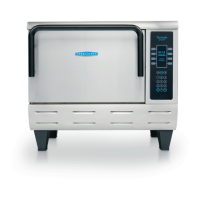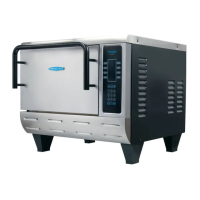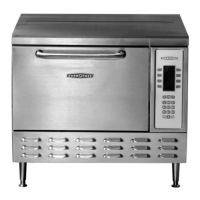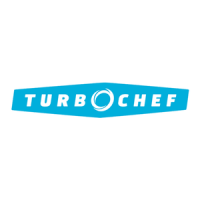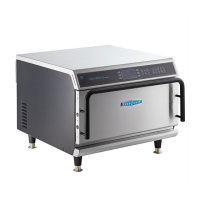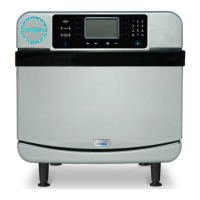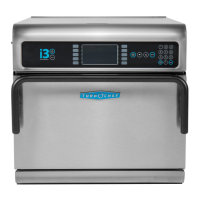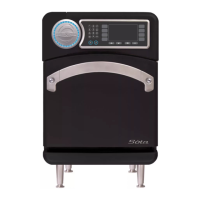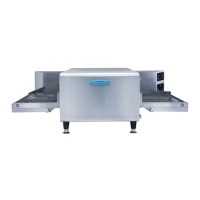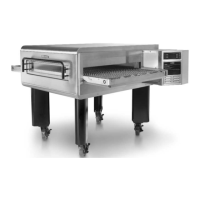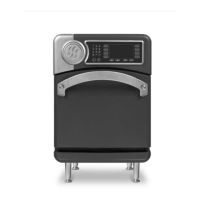What does error F1 mean on TurboChef TORNADO 2 Oven?
- MMichael WrightSep 8, 2025
If your TurboChef Oven displays the error “F1: Blower Running Status Bad”, ensure that the wall circuit breaker is on and reset it if necessary. If that doesn't resolve the issue, place the oven in the Off State for two minutes, disconnect the plug for at least two minutes, then re-plug the oven and press the OVEN ON soft key.
